New Delhi: Days after Wing Commander Abhinandan Varthaman and his fellow fighter pilots thwarted Pakistan’s aim to target Indian military installations on 27 February, the Pakistan Air Force fired another shot at the Indian Air Force.
A special patch meant to be placed on PAF pilots’ flying overalls started doing the rounds, showing the JF-17 aircraft as a Chinese dragon, with the MiG-21 in its grasp.
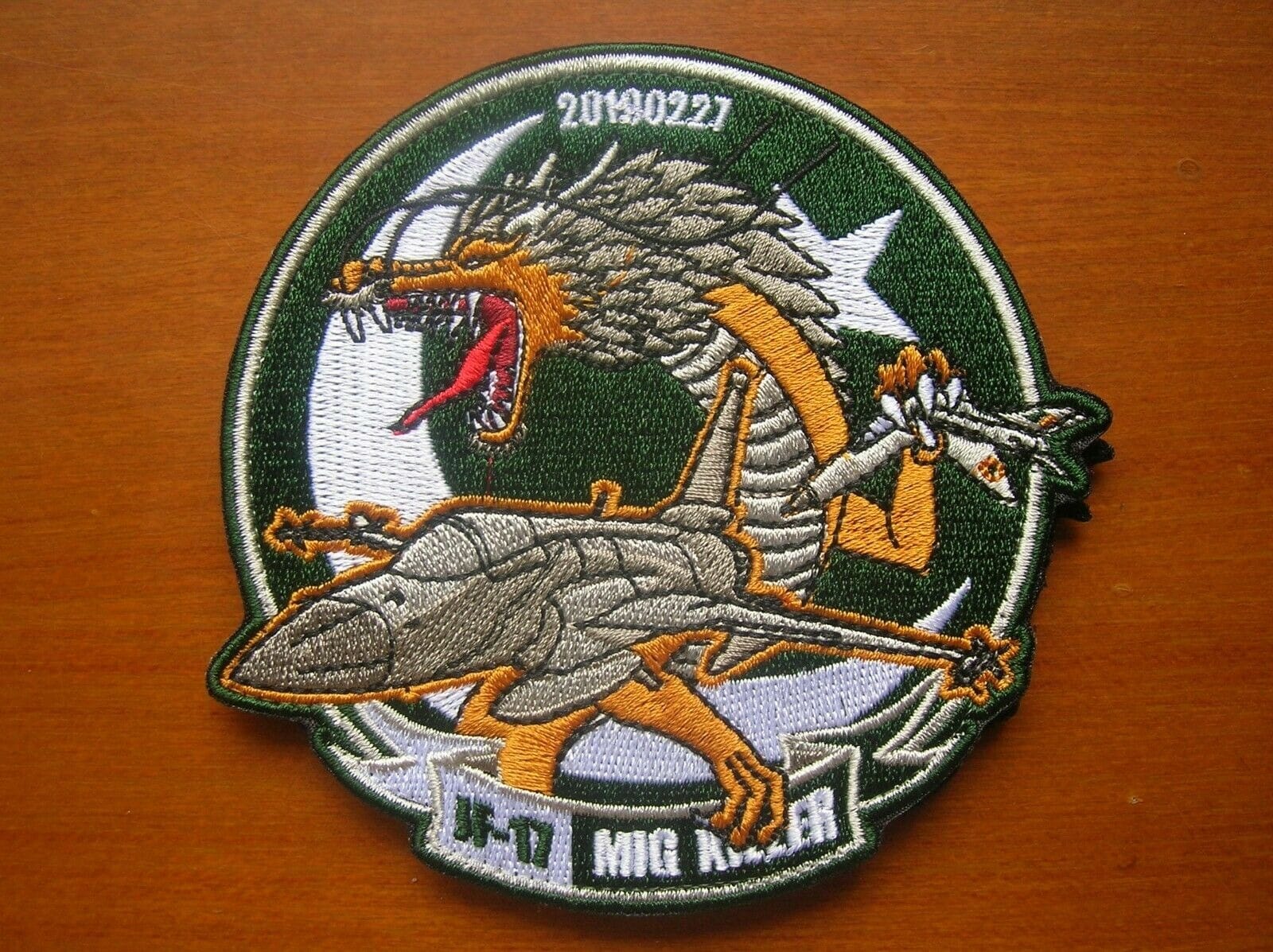
It was a clear-cut case of psy-ops by the Pakistani military to reinforce its claim that the Chinese-origin JF-17 had shot down Abhinandan’s plane, and to validate its initial claim that no F-16 was used in the strike.
Following this, several patches came out, including one which said “Pak Air Space Violation Warrant — unlawful aircrafts (sic) are eternally grounded and impounded”.
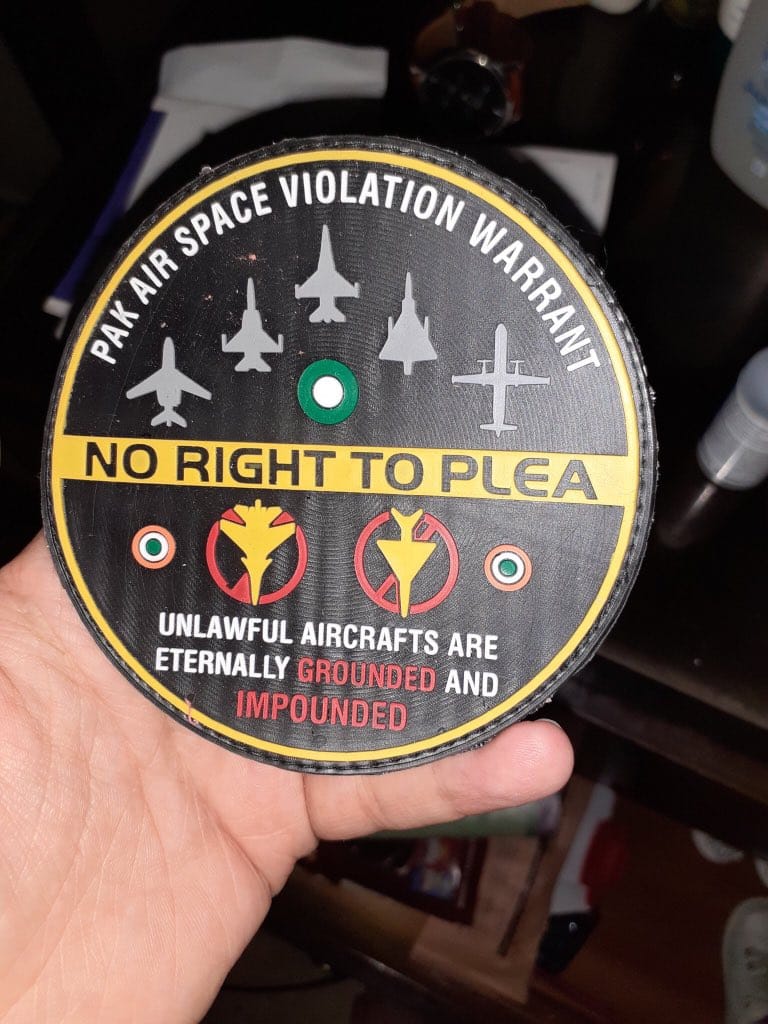
A senior officer in the Indian defence establishment said the patches looked like an attempt to take the spotlight away from the failure of the Pakistani military to thwart India’s 26 February air strikes, when five Mirage-2000 aircraft of the IAF went 10 km inside Pakistan-occupied Kashmir and struck the Jaish-e-Mohammed training camp in Balakot.
IAF pilots’ response
IAF pilots also started thinking on the same line, and now, two new patches have been designed to highlight their success against the PAF.
Abhinandan’s Srinagar-based squadron has got a special ‘Falcon Slayers’ patch made to commemorate the aerial dogfight which saw a handful of MiG-21s and two Su-30 MKIs take on about two dozen PAF fighters, including F-16s, one of which was shot down by the Wing Commander seconds before his aircraft got hit. The F-16 has been named Fighting Falcon by its American manufacturer Lockheed Martin.

The Sukhoi squadron which managed to dodge the 11 AMRAAM missiles fired at it has also gone for a new patch, calling itself the ‘AMRAAM dodgers’.
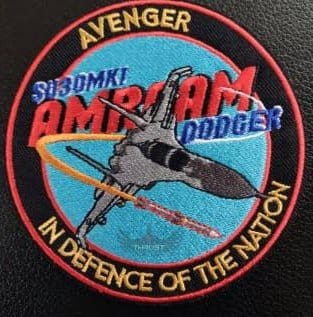
Nothing official about it
These cloth patches are historically used to tell the tales of important operations conducted by specific units. None of them are official — they are commissioned by squadrons with the approval of the respective squadron leaders.
“Patches instil a sense of pride in not only the current crop of pilots but also future ones and also the veterans. This is the norm across all the air forces in the world,” an IAF officer explained, saying the air headquarters is not involved in the design or selection of such patches.
“These patches will not be worn during official functions,” the officer added.
Also read: In PAF lies & subterfuge, an F-16 tail number & a PAF pilot — both hidden to serve a myth
The 21-year-old behind the patches
Saurav Chordia wanted to be a fighter pilot but could not join the IAF due to his weak eyesight. His fascination led him to intern with a company that made the first video game on behalf of the IAF.
“I used to do art work on the IAF. While I was in college, an officer who had seen my work approached me to design a patch. I did it for a particular squadron. And then, seeing my work, more approached me,” Chordia told ThePrint.
The political science graduate, who turned his internship into a graphic design job with the same firm, has designed over 100 patches for IAF squadrons. He has also designed the patch for the first Tejas squadron of the IAF.
“The squadron approaches me with an idea. We then work on it, and I make the designs, which are then handed over. They get the patches made from somewhere else,” he said.
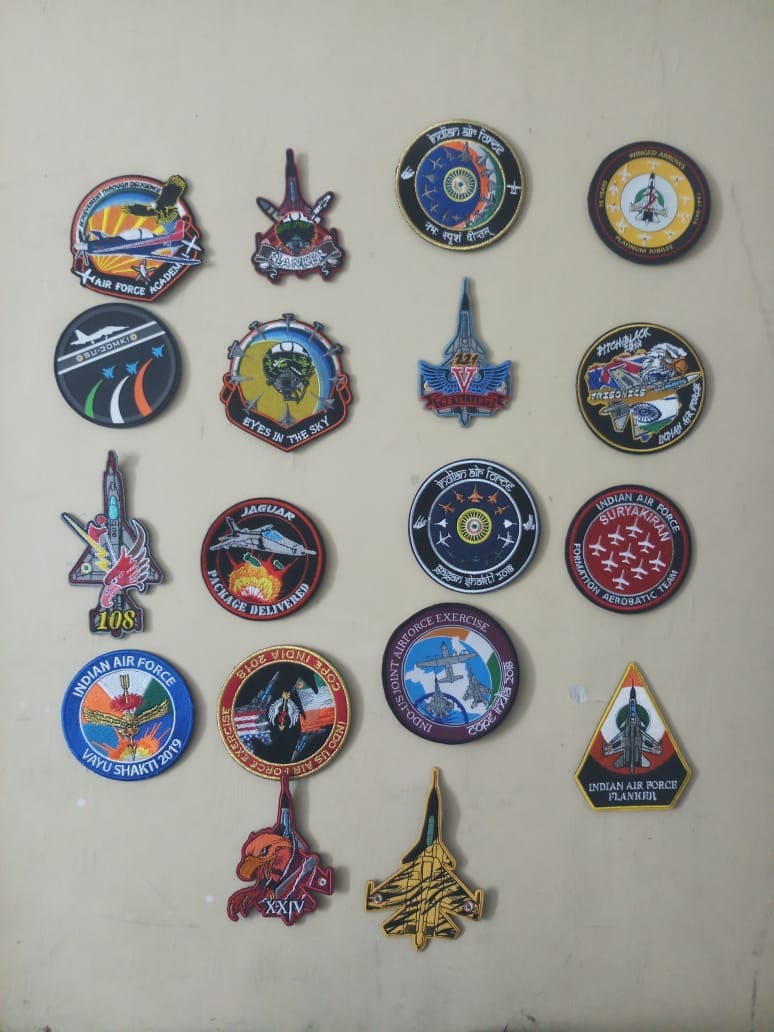
Chordia, son of a cloth merchant from Basugaon in Assam, developed an interest in 3D art when his brother got a computer from the state government.
Asked if he makes money from these patches, he said: “This is my passion. I love the Air Force. So I don’t do it for money. If they give some, I take it, and if they don’t, it is fine. I am proud to see my patches on the flying overalls of our pilots.”
An avid collector, Chordia has over 5,000 patches from across the world. “But I don’t collect patches from Bangladesh, China and Pakistan,” he said.
Also read: Never mind Balakot, IAF is worse off than Pakistan Air Force on pilot strength



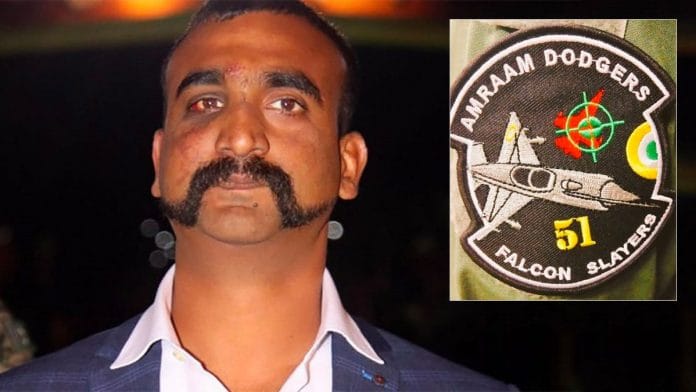



I think there is no need to be reactive. Sqn. patches are indicative of valour but it need not respond quid-pro-quo to the design of an adversary.
IAF can make hundred patches and may ask its pilots to place them on their asses. This wont change reality of getting extreme humiliation on 27 feb.